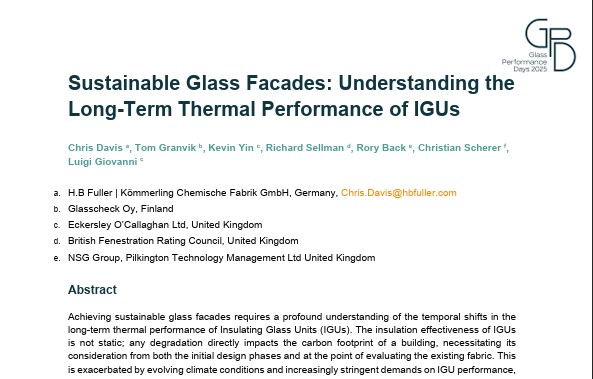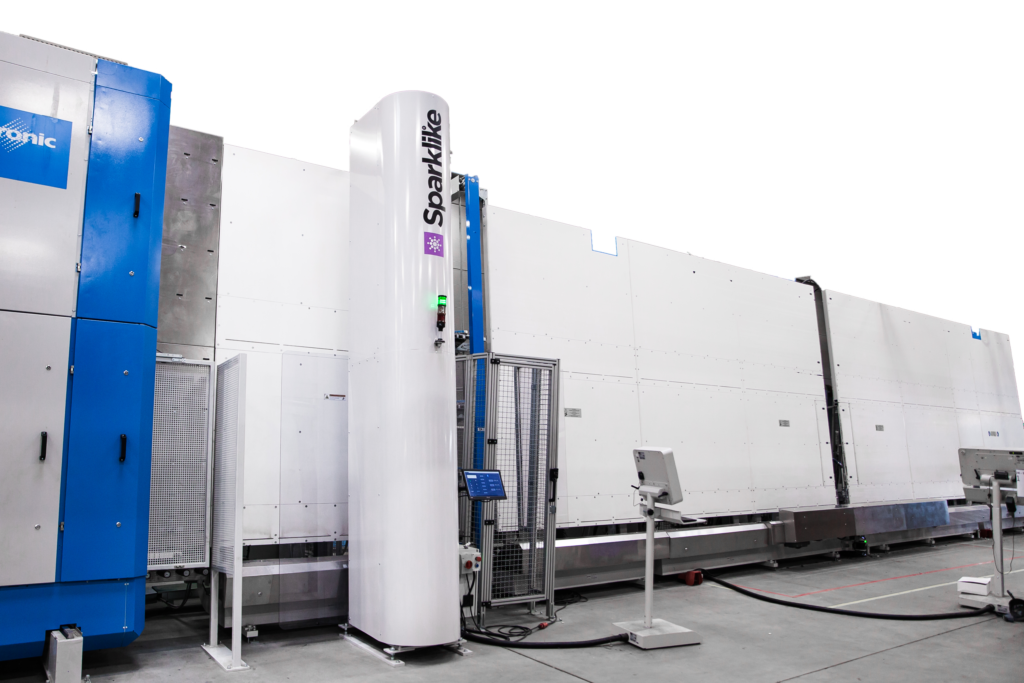
We’d be glad to give you a personal tour of our product range and find the best solution for your specific needs. Use the form beside to indicate your interest on booking a call with our sales representative. We will send you a link to an approximately 30 minute conference call.

For automated insulating glass units measurement Integrated to the IG-line

For double and triple glazed insulating glass units with coatings and lamination
The benefit of insulating gas instead of air in an IGU are various. Insulated gas like argon for example helps with temperature control, reduce sound, and seal out moisture. Therefore, the constructor can save money when investing to quality IGU that fit to the buildings purposes.
Since argon and other noble gases are invisible it is important to measure gas concentration to ensure you actually receive the benefit of insulating gas in an IGU. That is why Sparklike was born – to ensure quality of IGUs.
The non-invasive method allows measuring the glass without breaking the IGU which for example reduces production costs since all IGUs can be used and delivered to the customers.
Also, the non-destructive method enables full quality control as you are sure that all IGUs measured have the accurate gas concentration which can be used as a proof in product quality negotiations.
Key standards include ASTM E2649-20, NFRC standards for energy performance, European Standard EN 1279-3, and ISO/DIS 20492-3 from the International Organization for Standardization. These standards guide the verification of insulating gases in IGUs.
The concentration of insulating gases (such as argon or krypton) is directly related to the U-value of windows. The U-value is influenced by the thermal conductivity of the materials and the air or gas within the IGU.
Insulating gases have lower thermal conductivity compared to air. This means that they are less effective at conducting heat. When the space between the glass panes in an IGU is filled with an insulating gas, it reduces the overall thermal conductivity of the unit. Lower thermal conductivity translates to a lower U-value which is what is looked for.